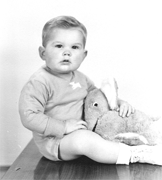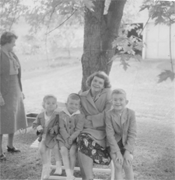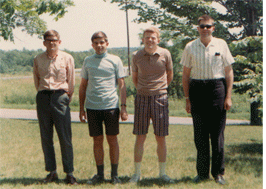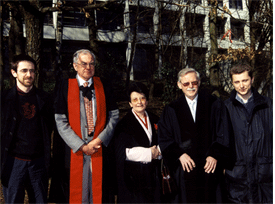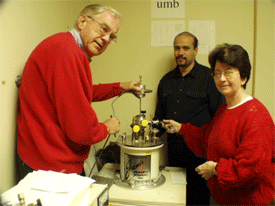Gary J. Long was born on 3 December 1941 in Binghamton, New York, and graduated from Binghamton North Senior High School in 1960. Upon graduation he received the Bausch & Lomb Science Award. He graduated with a B.S. in Chemistry from Carnegie Institute of Technology, now Carnegie-Mellon University, in 1964. His undergraduate research thesis dealt with the synthesis of new indole-based organic compounds and was under the supervision of Prof. Philip Southwick. In 1964, he began graduate work in inorganic chemistry at Syracuse University, where he was a National Institutes of Health Doctoral Research Fellow.
 |
||||||||||||||||||||||||||||||||||||||||||||
| |
||||||||||||||||||||||||||||||||||||||||||||
|
||||||||||||||||||||||||||||||||||||||||||||
This site is supervised by Mössbauer Effect Data Center, Dalian Institute of Chemical Physics, Chinese Academy of Sciences, 457 Zhongshan Road, Dalian 116023, China. Contact email: medc@dicp.ac.cn

